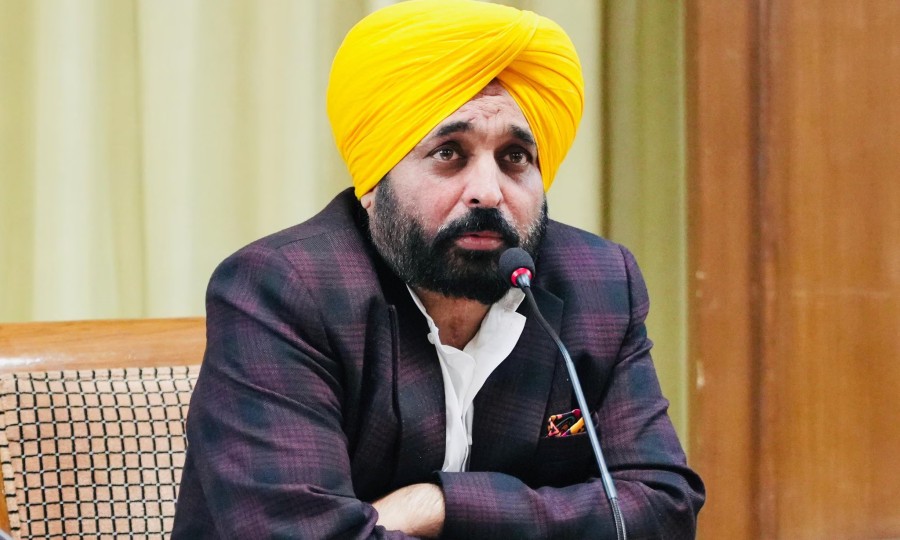At improvised camps in Tarn Taran and Barnala, a silent revolution in healthcare is taking place while the harvest sun shines on Punjab’s lush fields. Beginning on September 23, registration for Chief Minister Bhagwant Mann’s Mukh Mantri Sehat Yojana, a Rs 10 lakh annual cashless treatment lifeline for every family, is now open. This isn’t simply another policy announcement; it’s a sincere pledge to remove the worry about medical expenditures for 3 crore people, from busy traders in Jalandhar to flood-weary farmers in Amritsar.
The program provides free access to more than 2,000 operations at more than 550 affiliated institutions, building on the state’s 881 Aam Aadmi Clinics and a Rs 778 crore budgetary investment from the fiscal plan for 2025–2026. Here is your detailed plan for obtaining the crucial CM Health Card, which will be fully statewide activated by October 2. In Punjab, health care shouldn’t be expensive. When the Punjab Cabinet approved the Yojana on July 10, 2025, transforming the previous Rs 5 lakh Ayushman Bharat framework into a universal Rs 10 lakh shield, the seeds of this enormous endeavour were planted.
At the Chandigarh launch, AAP chief Arvind Kejriwal echoed the philosophy of Sikh gurus by hailing it as a “Sarbat da Bhala” victory—welfare for all. Everyone is eligible, including everyday workers, pensioners, and government employees. There are no income restrictions or exclusions. According to AIIMS forecasts, this initiative serves as a recovery balm and might reduce the number of untreated patients by 20% in a state where floods destroyed assets valued at Rs 13,800 crore last month, forcing 2.5 lakh people to relocate.
Today’s pilot launches in Barnala, an agricultural hub, and Tarn Taran, the spiritual gateway, each have 128 pop-up camps humming with biometric scanners and volunteers. Anticipate saturation drives in 23 districts by October 2, using mobile units for outlying hamlets. Aiming for 65 lakh families registered in the first wave alone, the government’s technological backbone, linked with DigiLocker, guarantees 100% digital tracking.
Imagine a society in which your savings are not depleted by cancer treatments, heart bypasses, or dialysis sessions. The Yojana promises to cover secondary and tertiary care for all members of each household, with annual coverage resets per family. Cashless happiness is the ability to pay nothing up front when using your CM Health Card at any government or commercial institution, including Fortis in Mohali and rural PHCs. Punjab’s 13% diabetes prevalence is directly addressed by more than 2,000 programs, which include pregnancy aids, OPD visits, mental health support, and even paediatric interventions.
It is a yearly reset for chronic warriors and instant claims through a card with a QR code for emergencies. The July vision of Kejriwal? In contrast to national statistics, where 60% of costs still directly affect people’s finances, Punjab is India’s welfare leader, combining free power, education, and now this health fortress (NHA 2023 data). According to early audits, the ₹5,000 crore annual expenditure will be offset by green income and efficiency, which will result in a 7% GDP ripple through healthier, more productive lifestyles.
The program is universal by design and covers all Punjabi homes; no evidence of poverty is required. Families led by citizens who possess a valid passport, voter ID, or Aadhaar are immediately eligible. NRIs having Punjabi ancestry can also connect with relatives. It’s a blessing after the flood: 15 lakh impacted homes are given priority slots, combining medical protection with disaster relief. Pensioners covered by CGHS or ESIC? seamlessly covered, creating a hybrid shield by synchronising with PM-JAY.
This inclusivity fills in the gaps in previous programs, where 30% of Punjabis living in rural areas skipped care because it was too expensive (NFHS-5). With 1,000 Aam Aadmi Clinics planned by the end of the year, it’s a comprehensive network that covers palliative as well as preventive care.















Comments are closed